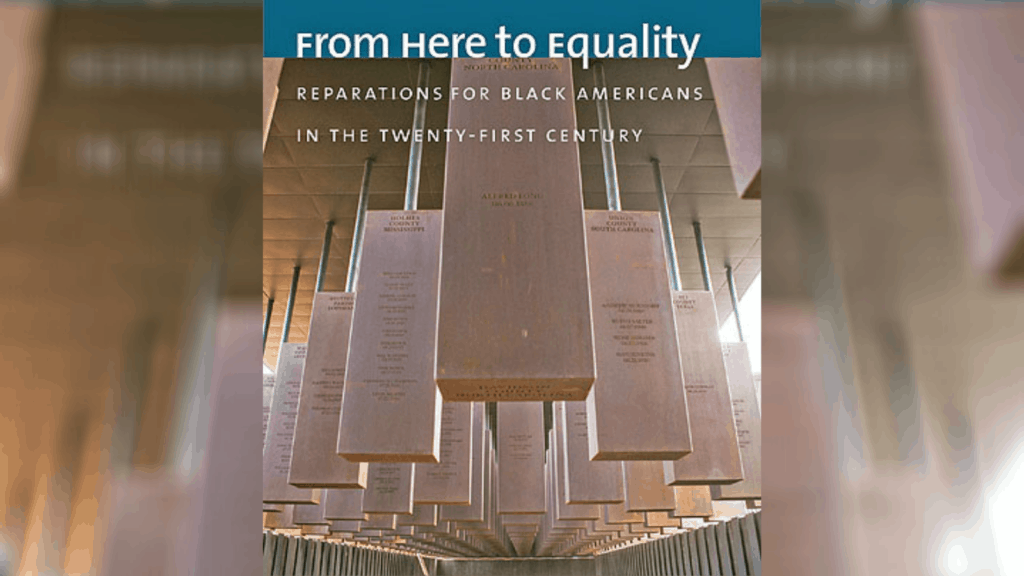2020 has been a year for the history books — intense political debate, a global health crisis leading to global economic turmoil and racial inequality taking center stage with highly visible murders of African Americans by different police departments across the country.
In this context, the National Community Reinvestment Coalition (NCRC) hosted a conversation with William Darity Jr. and Kirsten Mullen on their recently released book, From Here to Equality: Reparations for Black Americans in the Twenty-First Century
. Darity is an economist who has been at the forefront of the movement to highlight and address the racial wealth divide, and Mullen is a folklorist whose work focuses on race, art, history and politics.
In about 400 pages, “From Here To Equality” reviews the political history of the Black reparations movement, the effects of slavery on the nation’s development and the ongoing failure of the country to take action to bridge racial economic inequality. It also outlines a program for Black reparations.
Their book introduces little known historical organizations like The National Ex-Slave Mutual Relief, Bounty, and Pension Association (MRBP). In 1915, MRBP filed a lawsuit on behalf of ex-slaves asserting that the U.S Treasury Department owed the freedmen $68 million for labor during the Civil War.
Mullen and Darity then bring us to the late 20th century push for reparations, such as the H.R 40 bill, introduced in Congress in 1989 to establish the Commission to Study and Develop Reparation Proposals for African Americans. The bill has yet to make it to the floor of Congress for a vote.
This history of reparations helps bring to light that the fight to bridge the racial wealth divide is not a new phenomenon but one that has been at the center of the struggle for racial equity since the end of slavery. As Darity and Mullen argue, wealth is the best means to measure socio-economic status and that “wealth (or net worth) is the most powerful indicator of the intergenerational effects of white supremacy on black economic well being.”
In the final chapter of the book, A Program of Black Reparations, Mullen and Darity review various methods that have been used to calculate what is owed to African Americans. Many of these calculations are focused on the amount of wealth denied or appropriated from enslaved African Americans, with estimates ranging from $6 trillion to over $100 trillion. What is clear is that African Americans need another $10 trillion in wealth to have wealth equal to their demographic representation. This repair of the racial wealth divide should be the minimum goal of a reparations program for African Americans. “From Here to Equality: Reparations for Black Americans in the Twenty-First Century” makes clear that continuing the long struggle of the past to bridge the racial wealth divide is what is needed for a future of racial equity.
Dedrick Asante-Muhammad is NCRC’s Chief of Race, Wealth and Community.
Kathy Ramirez is NCRC’s Race, Wealth and Community consultant.



